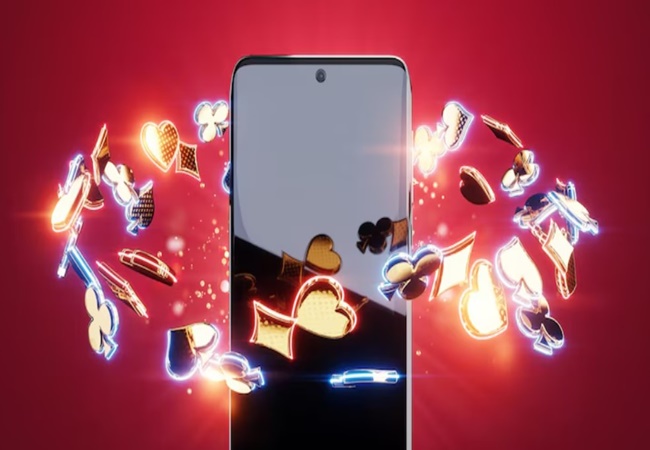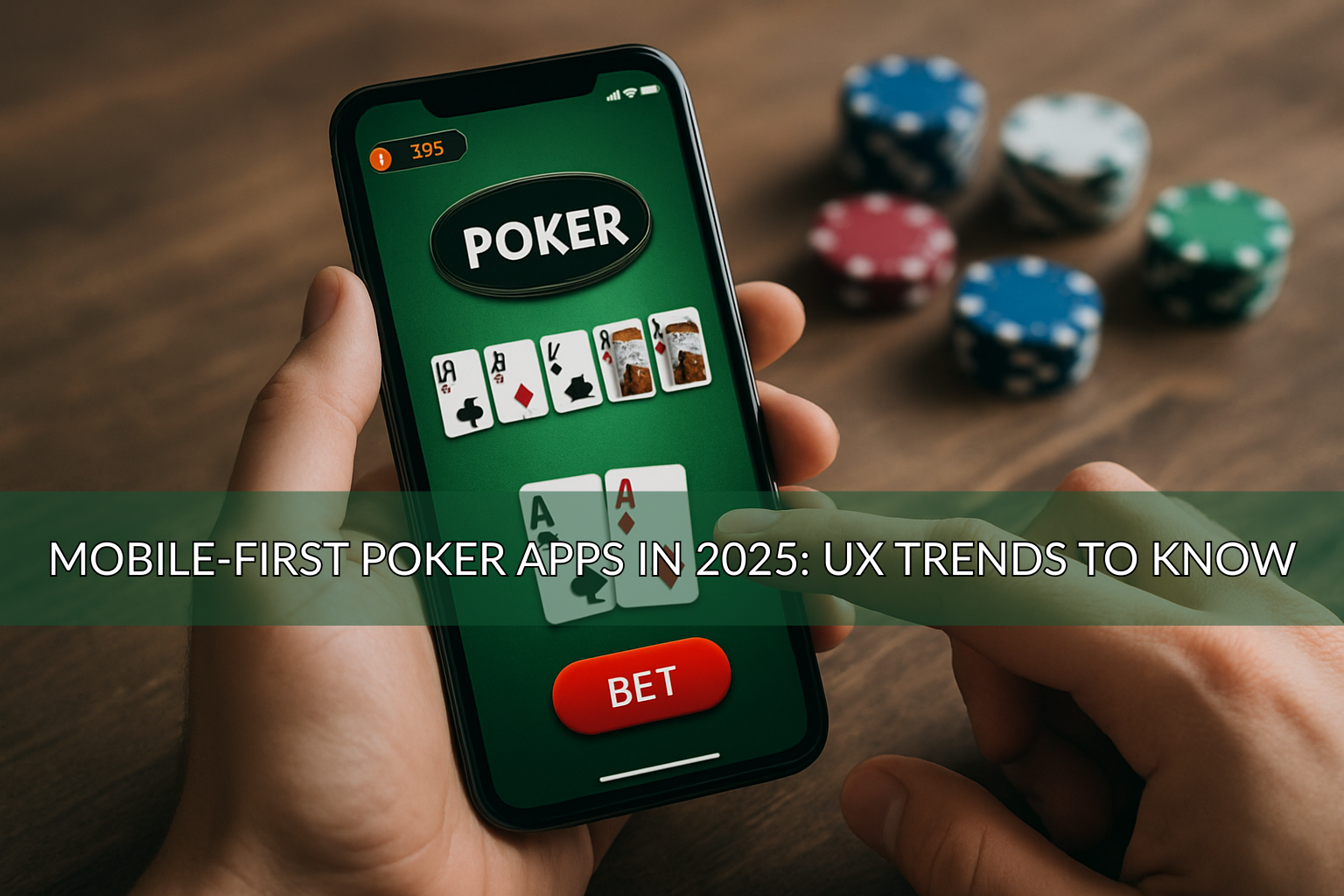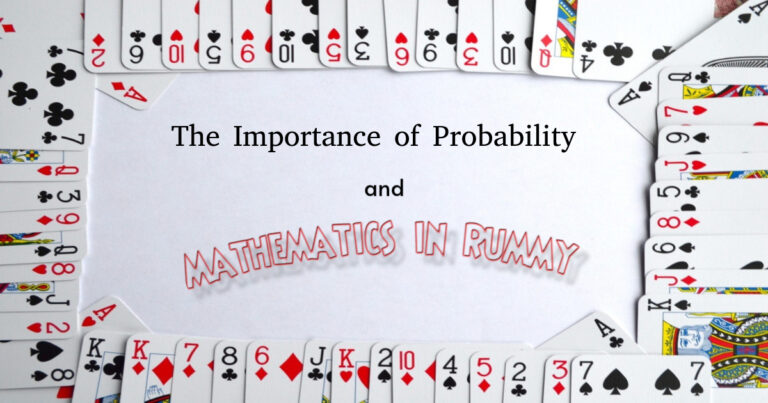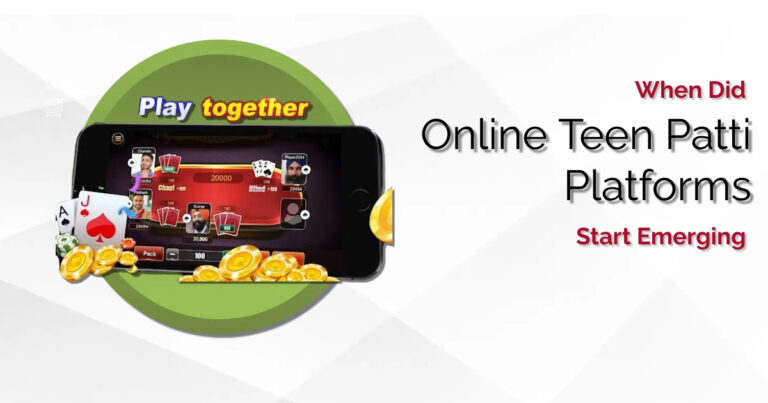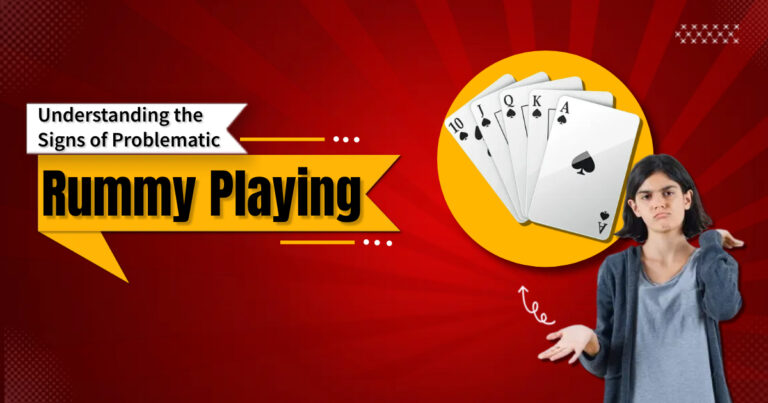Mobile-First Poker Apps in 2025: UX Trends to Know
In 2025, mobile-first poker apps have become the dominant platform for casual and professional players alike. No longer are mobile experiences merely simplified versions of their desktop counterparts; instead, they’re designed from the ground up to serve the unique needs and behaviors of players on smartphones and tablets. With over 70% of poker traffic now coming from mobile users, developers are doubling down on user experience (UX) to stay competitive, retain users, and keep them engaged for longer sessions—just as they’ve done with popular Rummy games. Let’s explore the key UX trends shaping mobile-first poker apps in 2025..
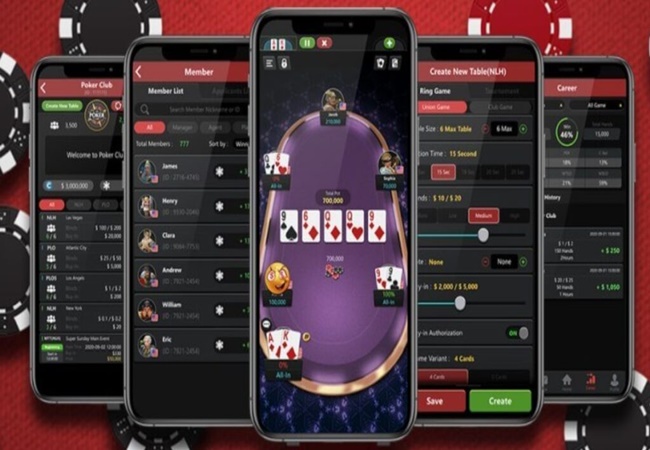
1. One-Handed Navigation and Thumb-Friendly Interfaces
Modern mobile UX is all about convenience, and that starts with how users interact with the interface. With phones getting larger but usage staying mobile—on the subway, in bed, or while multitasking—players often play with one hand.
Poker apps in 2025 are fully optimized for thumb zones. Critical controls such as betting sliders, check/fold buttons, and chat/emoticons are strategically placed in the bottom third of the screen for easier access. Menu overlays, previously top-left hamburger menus, have migrated to bottom nav bars or swipeable drawers to stay within thumb reach.
This ergonomics-first approach reduces friction and allows for quicker, more natural gameplay.
2. Micro-Interactions and Haptic Feedback
Subtle animations and micro-interactions have become standard in mobile-first poker UX. In 2025, tapping the “Call” button might trigger a slight vibration and a visually responsive pulse. Winning a hand may produce a satisfying sound paired with coin animations or glowing text overlays.
These enhancements go beyond aesthetic appeal—they serve as functional UX cues. For example, a color-shifting chip stack signals when it’s your turn to act, while a quick buzz from the phone helps maintain focus in multi-table settings.
By engaging more senses, poker apps are now delivering immersive and responsive feedback loops that mimic the intensity of live poker.
3. Adaptive UI Based on Player Skill and Behavior
One of the most sophisticated UX trends in 2025 is personalization. Mobile-first poker apps now use behavioral data and AI to adapt the interface to each user. Beginners are shown guided tips, simpler layouts, and slower-paced games. Experienced grinders see advanced HUD (Heads-Up Display) statistics, fast-fold options, and multi-table view modes.
UI complexity scales dynamically: if a player consistently folds pre-flop, the app may highlight different hand-ranking tips or offer quick access to strategy guides. Meanwhile, aggressive regulars might see pot odds and real-time hand range estimates directly on screen.
This smart, behavior-driven UX ensures that every player—regardless of skill level—feels comfortable and empowered.
4. Gesture-Based Controls and Swipe Betting
2025 poker apps are taking cues from social apps and mobile games, integrating intuitive gesture controls. Instead of clicking small buttons, players now swipe right to call, left to fold, and upward to raise. Betting sliders have become more dynamic, often replacing numeric inputs entirely.
This swipe-first interface mirrors the natural movement of mobile users, minimizing misclicks and enhancing speed. For example, “flicking” chips across the screen mimics the tactile feel of live poker, increasing immersion.
Some apps even allow players to customize gestures based on preference or dominant hand, boosting accessibility and UX fluidity.
5. POKER APPS: Real-Time Social Features and Live Chat Overlays
Poker has always been a social game, and in 2025, that social layer is fully integrated into the mobile experience. Voice chat, video tiles, and emote-based communication are embedded directly into the UI—without cluttering gameplay.
Players can toggle “Live Rail” modes to see friends watching the game, join group chats between hands, or share replays instantly. Overlay reactions, like sending “fire” or “LOL” emotes after a bluff, enhance engagement without disrupting the flow of the hand.
These social integrations don’t just add fun—they build community, increase retention, and make each session feel like a shared experience, even on a small screen, unlike the isolated play often seen with AI poker bots.

6. Dark Mode, Eye Comfort, and Battery Optimization
Given the long sessions mobile players often engage in, UX designers are focusing heavily on visual comfort. Dark mode is now the default in many apps, with smart color contrasts that reduce eye strain and extend battery life.
Some poker apps include auto-adjusting brightness or blue light filters based on time of day. Even the chip colors and felt textures are customizable for aesthetic and comfort preferences.
Battery-saving modes, often paired with lower-frame animations and simplified graphics, help players stay in the game longer, especially in regions with limited charging options or lower-end devices.
7. Augmented Reality (AR) Lite Features
While full AR poker still requires specialized hardware, 2025 mobile-first poker apps are experimenting with AR-lite features to enhance UX. Players can project their chip stack, opponent avatars, or hand stats onto their environment using a smartphone camera.
For example, with the phone flat on a table, a mini AR table appears where cards animate in real space. While still a novelty, these features offer a more tactile and visually engaging alternative to flat 2D interfaces.
This trend reflects a growing demand for experiential elements in mobile games—especially in poker career, where atmosphere and realism are part of the thrill.
8. Seamless Cross-Device Continuity
UX isn’t confined to one device anymore. In 2025, players expect seamless transitions between mobile, tablet, and desktop platforms. Apps now sync session progress, hand histories, and table settings in real time. Poker apps now allow a user to start a game on their phone during a commute and finish it on a tablet at home—without disruption.
Multi-device login, biometric authentication, and quick QR code login also make it easier to access accounts securely and instantly. Cloud syncing ensures that chip balances, HUD stats, and friend lists remain consistent across platforms.
This ecosystem-wide UX cohesion increases flexibility and makes mobile poker a core, not secondary, experience.
9. Gamification and Progress Loops
Poker apps in 2025 aren’t just about cash games or tournaments—they’ve evolved into gamified ecosystems. From daily missions and streak bonuses to unlockable avatars, level-up animations, and loot chests, poker UX borrows heavily from mobile RPGs and casual games.
These features increase dopamine hits and give players reasons to return. In-app achievements like “Win 3 hands with a pair” or “Bluff successfully 5 times today” drive behavior while subtly teaching poker concepts.
Gamification not only boosts engagement—it also enhances learning and keeps casual users active longer, especially when combined with interactive elements from poker streaming.
10. Accessibility and Localization
Finally, inclusive design has taken center stage. Mobile-first poker apps in 2025 offer voice-based navigation, text-to-speech for the visually impaired, and adjustable font sizes. Colorblind-friendly palettes, haptic alternatives to sound cues, and customizable control layouts are now standard.
Localization goes beyond translation—apps now include cultural-specific graphics, local payment options, and regionally popular poker variants (like Teen Patti Stars in India or Open-Face Chinese in East Asia). This ensures a welcoming, localized experience regardless of geography or ability.
Conclusion
In 2025, mobile-first poker apps are no longer simplified tools—they’re fully featured, immersive, and tailored environments. UX trends are pushing toward personalization, tactile feedback, social play, and cross-device harmony. As competition between platforms intensifies, the difference between success and obsolescence will often come down to who offers the cleanest, smoothest, and most player-centric experience on a 6-inch screen.
Poker is evolving, and your pocket is now the table.
